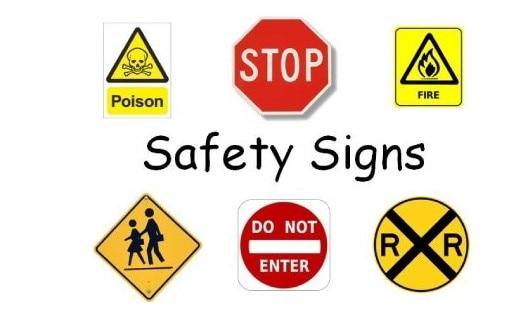
Every year, thousands of road users are involved in accidents that could have been avoided with better awareness and more transparent communication. Road safety signs play a vital role in keeping drivers, pedestrians, and cyclists safe. They guide movement, regulate speed, and warn of potential hazards ahead. Without consistent and visible signage, even experienced drivers can make errors that lead to collisions. In countries like Australia, where vast road networks connect cities and rural areas, transparent and standardised signs are essential. Understanding how road signage in Australia helps prevent accidents highlights the importance of investing in proper design, placement, and maintenance.
The Role of Road Safety Signs
Road safety signs are more than symbols on metal boards. They are a shared language for all road users. These signs instantly communicate rules and alerts, helping drivers make safe decisions on the road. They are generally grouped into three types:
- Regulatory signs such as speed limits or stop signs that enforce road laws.
- Warning signs that alert drivers to bends, school zones, or animal crossings.
- Guide and information signs that provide directions or distances.
By ensuring that every sign is easy to understand, road authorities create a predictable driving environment that reduces confusion and risk.
Why Road Signage in Australia Matters
Road signage in Australia follows strict national standards to ensure consistency across states and territories. The same colour, shape, and design are used throughout the country, helping drivers recognise signs quickly, even in unfamiliar areas. Australia’s diverse geography makes signage especially important. From busy city streets to long rural highways, road conditions can change rapidly. Transparent and reflective road safety signs are essential for warning drivers about upcoming hazards such as wildlife crossings, sharp turns, or sudden speed reductions. This standardised approach has contributed to lower accident rates in several regions, where improved visibility and updated signs have made a measurable difference.
Design and Maintenance Are Key
For road signage in Australia to be effective, design and upkeep matter as much as placement. Signs must remain visible during all conditions, including day, night, or heavy rain. Reflective materials and correct positioning ensure that drivers can respond in time. Regular inspections help identify damaged, faded, or missing signs. A missing stop or warning sign can easily lead to collisions, particularly on high-speed roads. Technology is also improving safety, with smart digital signs now used to display live traffic updates and changing speed limits.
Educating Drivers to Read and Respect Signs
Even the best road safety signs cannot prevent accidents if drivers ignore them. Education campaigns and driving lessons must emphasise the importance of understanding and obeying signage. When every driver respects the meaning of each sign, it creates a safer, more predictable traffic flow. In Australia, driver training programs and government awareness campaigns continually reinforce these habits, helping reduce risky behaviours like speeding or ignoring warning signs.
Conclusion
Preventing accidents begins with awareness, discipline, and strong road infrastructure, and road safety signs are at the centre of that effort. They act as constant reminders of the shared responsibility every driver has on the road. Consistent, visible, and well-maintained road signage in Australia continues to save lives by guiding behaviour and preventing confusion.
As road networks expand and technology evolves, investing in better signage and public education remains one of the simplest and most effective ways to keep every journey safe.




